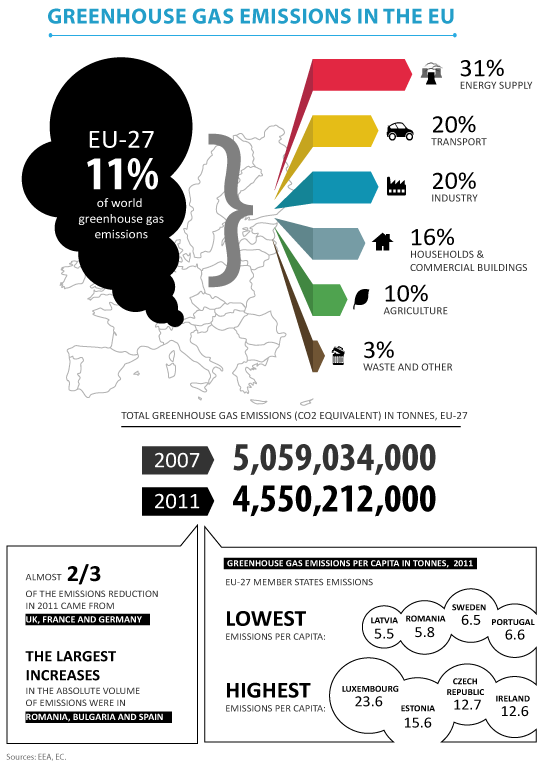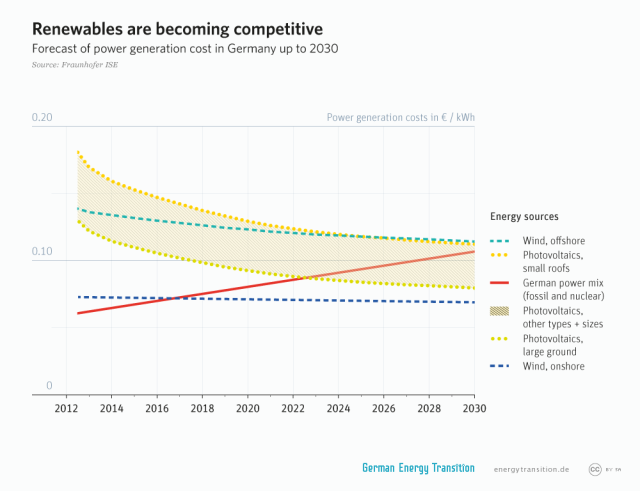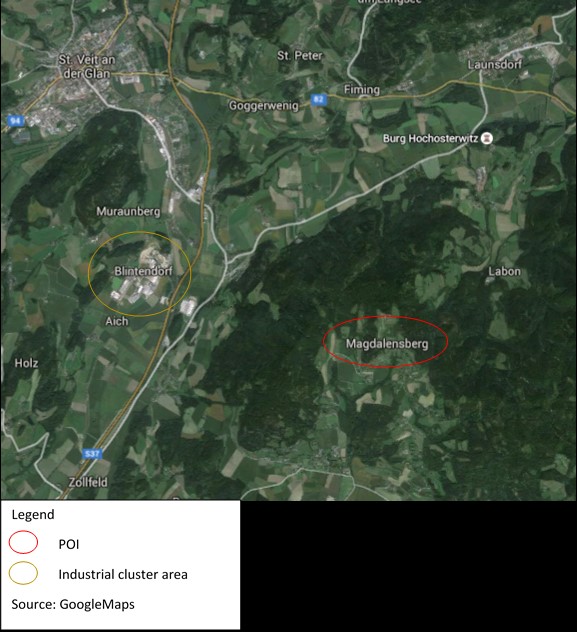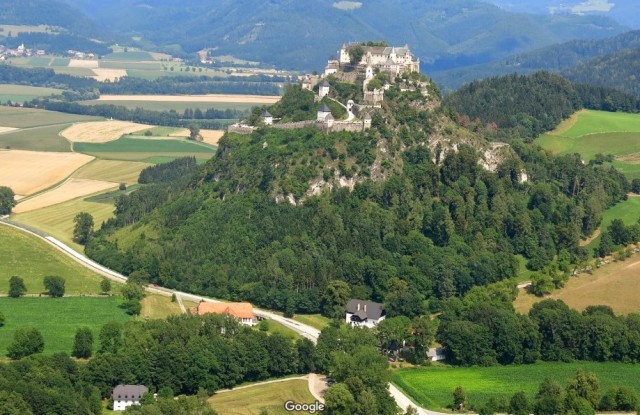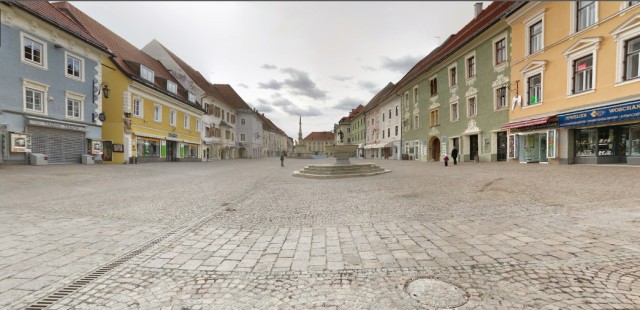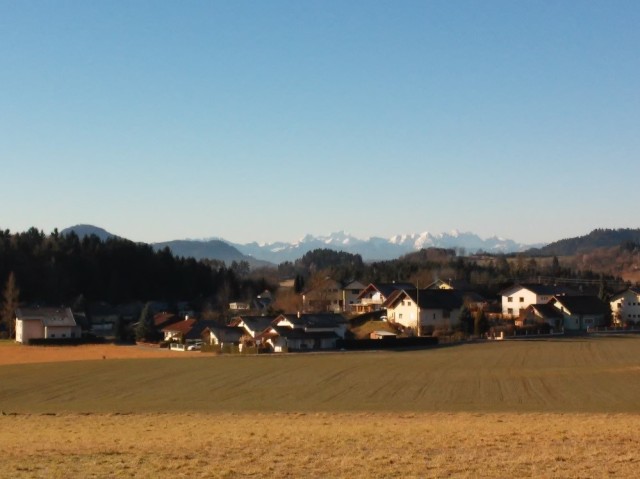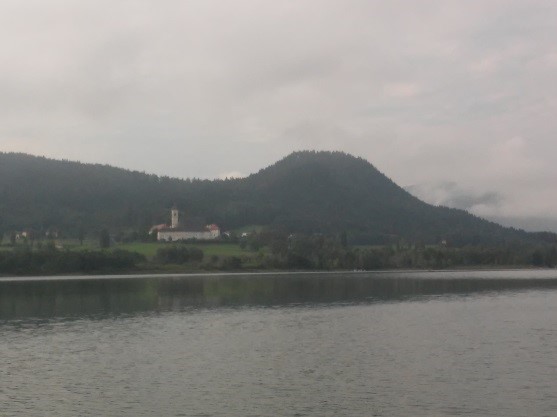In future the city should expand the production of renewable energies. In the surrounding area of the city there is a lot of water. Therefore the city of St. Veit should try to focus additionally on water energy, and not just on solar energy. In the mountains the government of the city could built storage power station of water or hydraulic power stations in the rivers. This would improve their power on international markets, especially in the Alps-Adratic Region.
Furthermore, the industrial cluster area could be extended to ensure the city as an high-tec location. As an result, other international companies will possibly settle there. In addition, the location can once establish to a ‘little Sillicon Valley’. This development could solve the problem of brain drain, too. However, this is very unlikely for St. Veit because the suitable infrastructure is missing in the city.
The tourism must focus on a nature-based development to maintain its currently good standard. In this development I see the biggest capability for the city and the surrounding area. Local farmer could establish a second main stay beside the agriculture. In a society where, compared to our modern stressful life, the tourism on a farm shows a real opposite. At the end of a valley they probably have no internet and in cases of great thundersturms, farmers could have no electricity for days.
To understand the urban sprawl in a better way, it is important to know that Austria was a monarchy for a long time. In this periode it was common that landowners had big seigneuries. These include forests, fields, gardens and of course a huge residence of the landlord. In order of that, decentralised settlement pattern were appropriate. This was the basis for the later urban sprawl.
Nowadays, especially alpine farmers have huge areas of fields, grasslands and forests. The young generation does not want to keep the farm upright. Therefore, the image of a landscape is endangered. The landscape in the mountains is categorised into nativeness, (bio-)diverity, uniqueness and harmony. The categories qualify the human impacts in nature. It is describing the resilience of a place which shows how long and strong humans can affect an object without an irreversible change of main features.
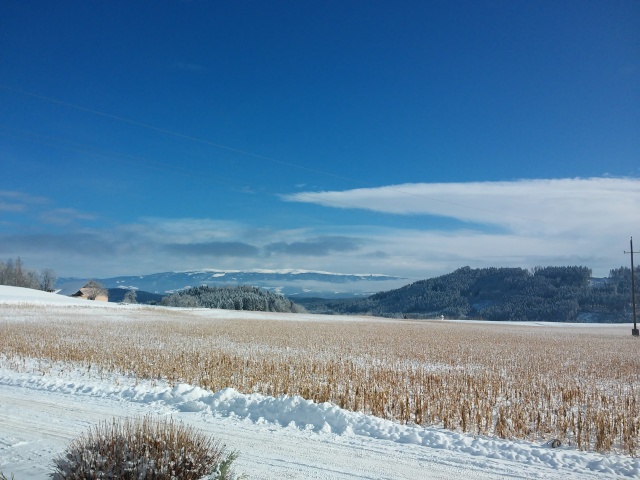
That means farmers have sheep, goats and cows or they cutting tress in different kinds of intenstity. If there is no little cultivation anymore in these days, the forests would extend and there would be a monoculture of tress, especially firs, all over the mountains. This would also destroy the rural landscape in this areas. Because of this it is important to keep some population in the mountains upright. This also justify a decentralised settlement pattern in the mountains.
For more information you can visit my website: https://ersmarioword.wordpress.com/

